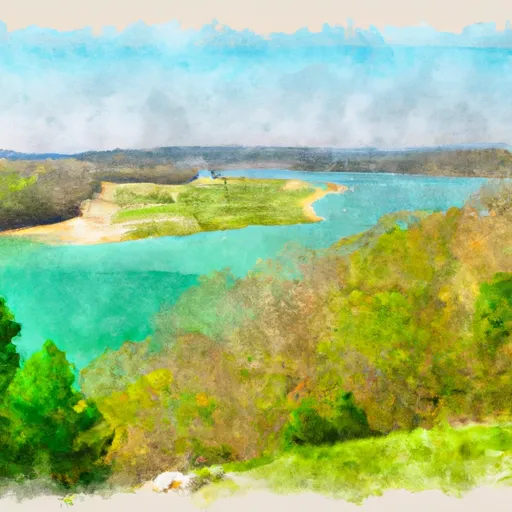°F
°F
mph
Windspeed
%
Humidity











Rainbow City is a small city located in northeastern Alabama, known for its pleasant climate, diverse hydrology, and ample outdoor recreation opportunities. The city experiences a humid subtropical climate, characterized by hot and humid summers, and mild winters. Average temperatures range from the low 50s°F (10°C) in winter to the mid-90s°F (35°C) in summer, with occasional snowfall during the winter months.
Hydrologically, Rainbow City is well-endowed. It is situated along the Coosa River, which offers various water-based activities such as boating, fishing, and water skiing. Within the city limits, there are several lakes and reservoirs, including Lake Neely Henry, which further enhances recreational opportunities like swimming, kayaking, and paddleboarding. These water bodies also serve as natural habitats for diverse aquatic flora and fauna.
Outdoor enthusiasts can enjoy numerous recreational opportunities in Rainbow City. The city boasts several parks and green spaces, including Rainbow Park and Choccolocco Park, offering amenities such as hiking trails, picnic areas, and playgrounds. Golf enthusiasts can enjoy a round of golf at the nearby Twin Bridges Golf Club.
Overall, Rainbow City offers a favorable climate, abundant water resources, and various outdoor recreation opportunities, making it an enticing destination for nature lovers and adventure seekers.
Weather Forecast
Rainbow-City receives approximately 1370mm of rain per year, with humidity levels near 83% and air temperatures averaging around 16°C. Rainbow-City has a plant hardyness factor of 7, meaning plants and agriculture in this region tend to thrive during the non-winter months.
Regional Streamflow Levels
373
Cubic Feet Per Second
85
Cubic Feet Per Second
78
Cubic Feet Per Second
110
Cubic Feet Per Second
Nearby Camping
| Camping Area | Reservations | Toilets | Showers |
|---|---|---|---|
| Jackson County Park | |||
| Lake Guntersville State Park | |||
| Cathedral Caverns State Park | |||
| Fort Toulouse/Jackson Park | |||
| Bucks Pocket State Park | |||
| Wind Creek State Park |



